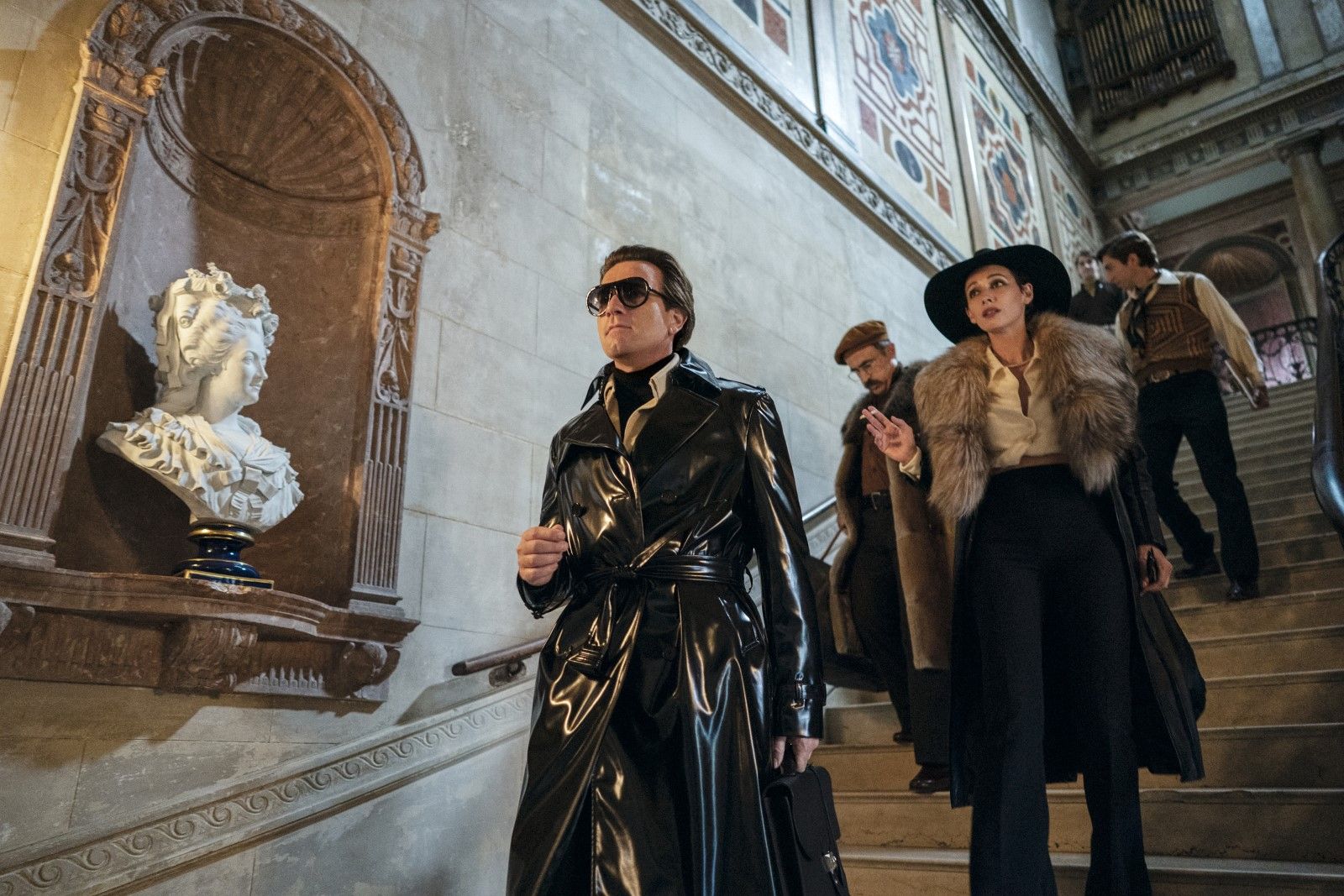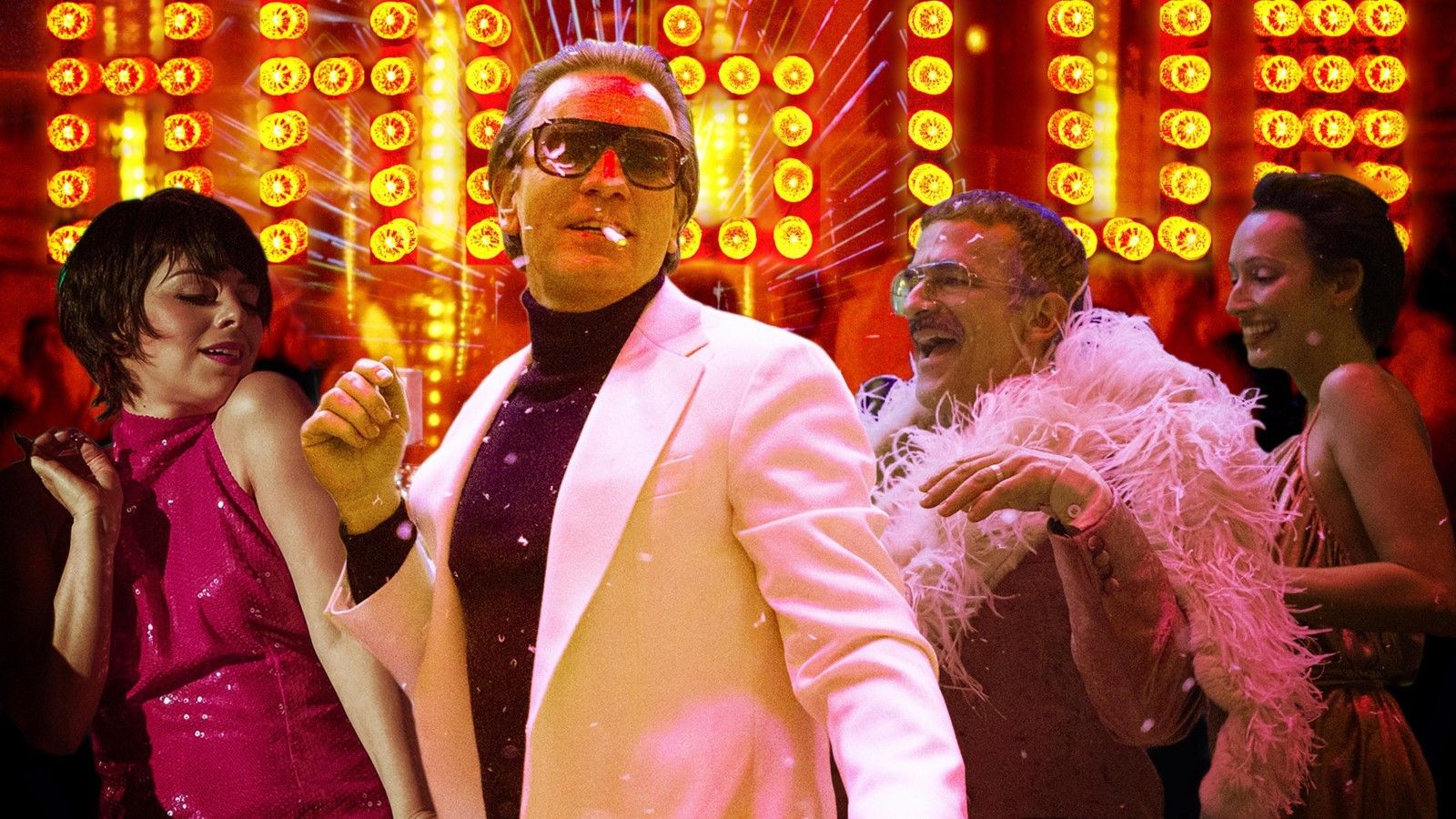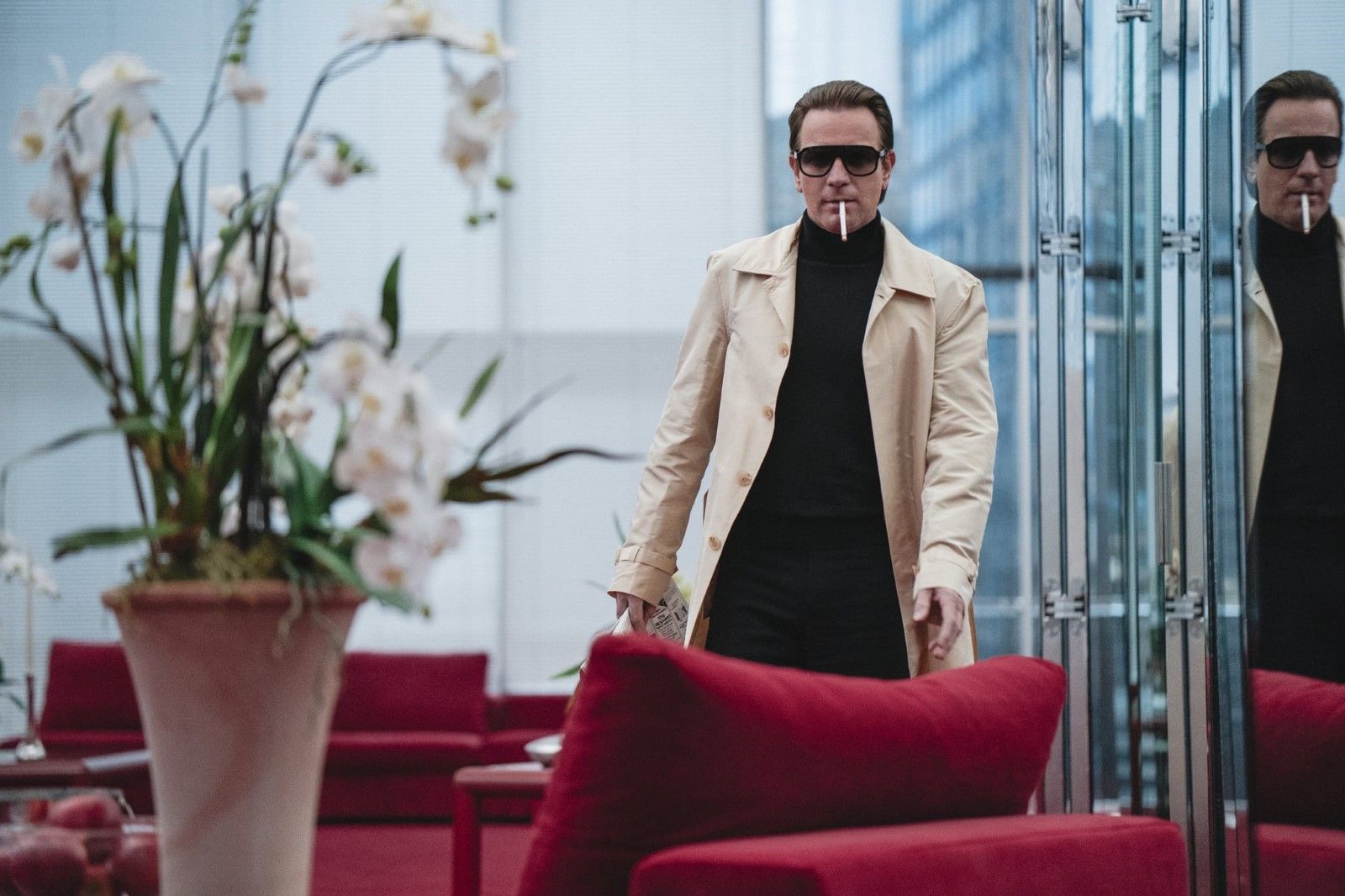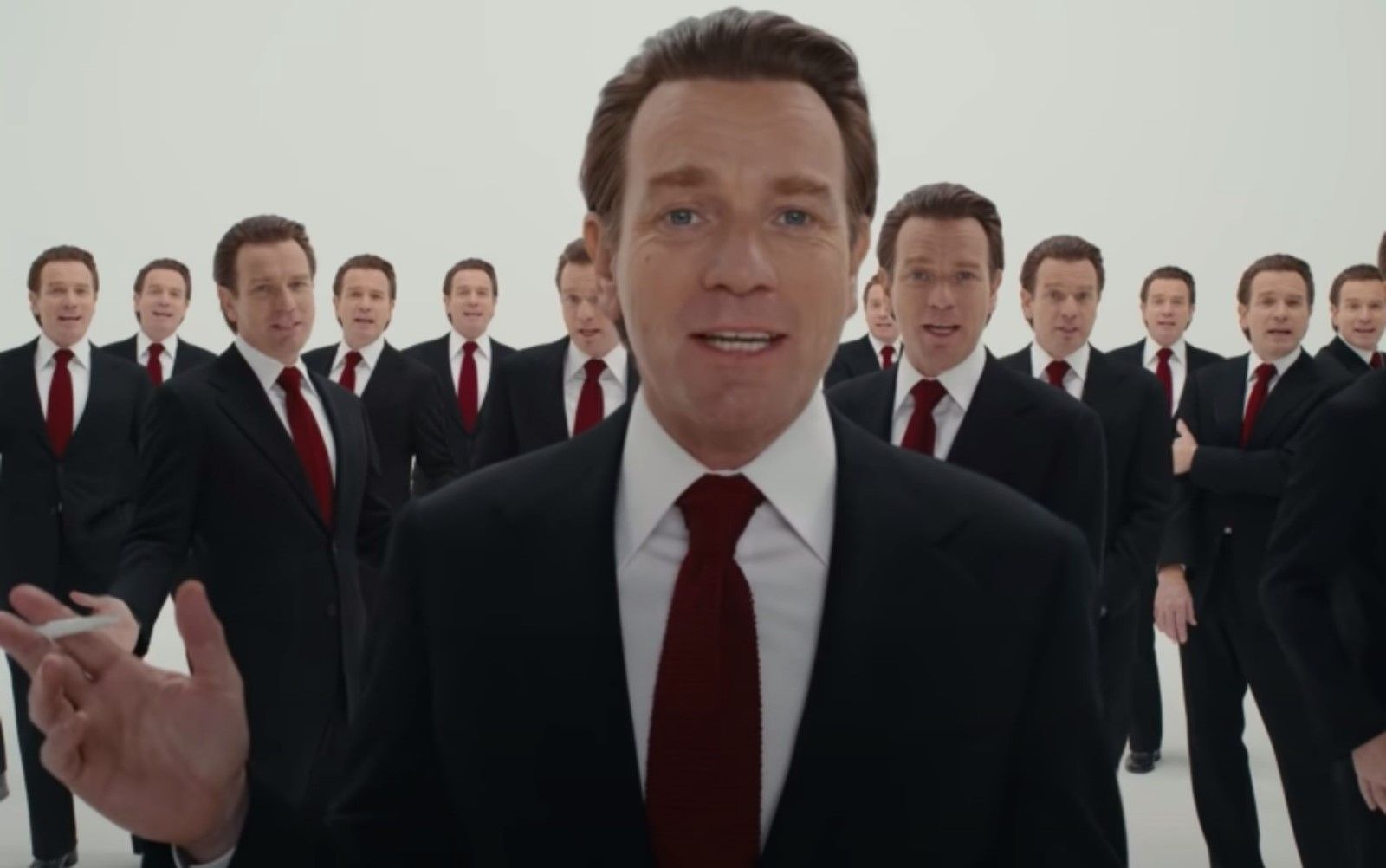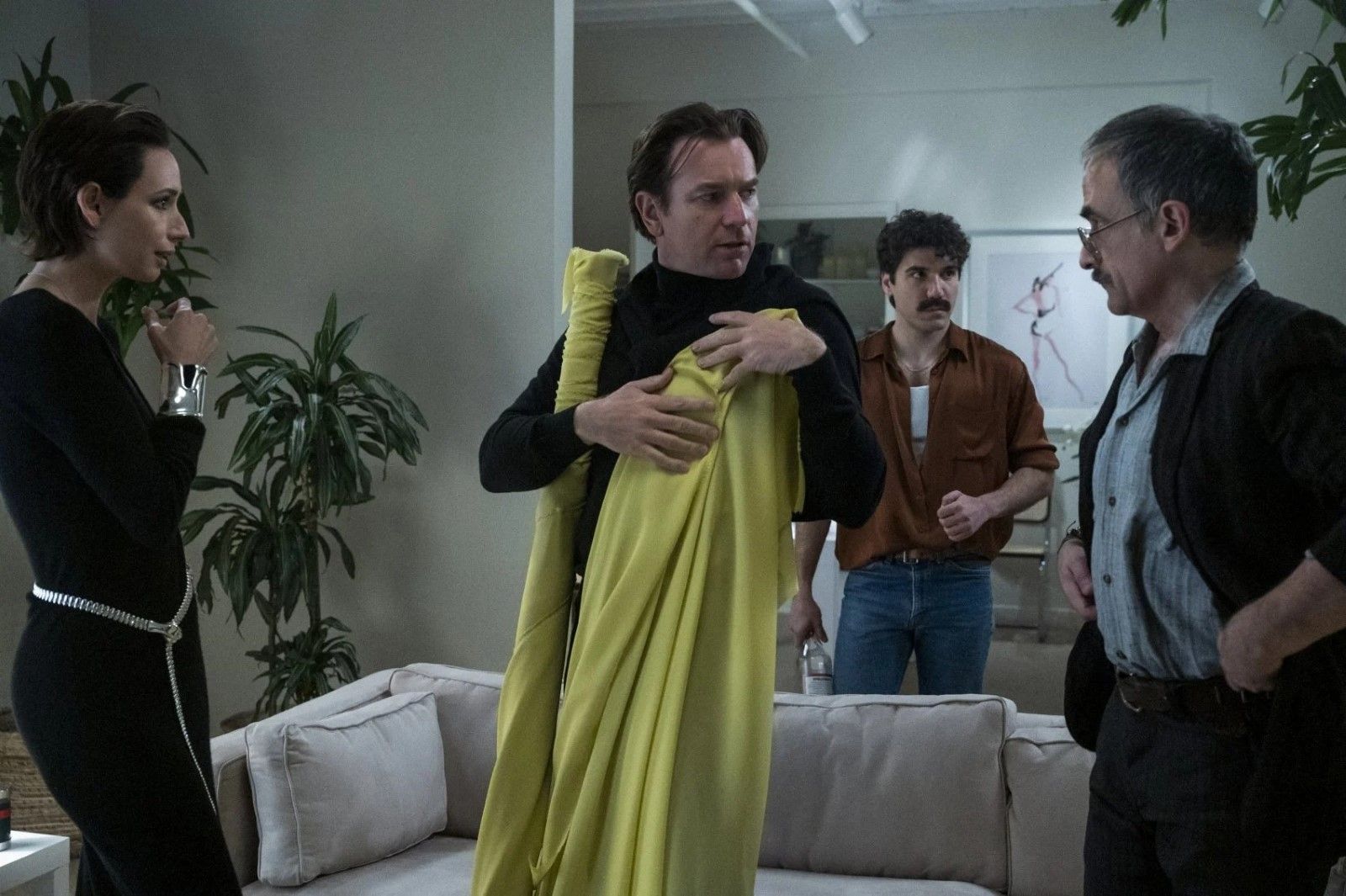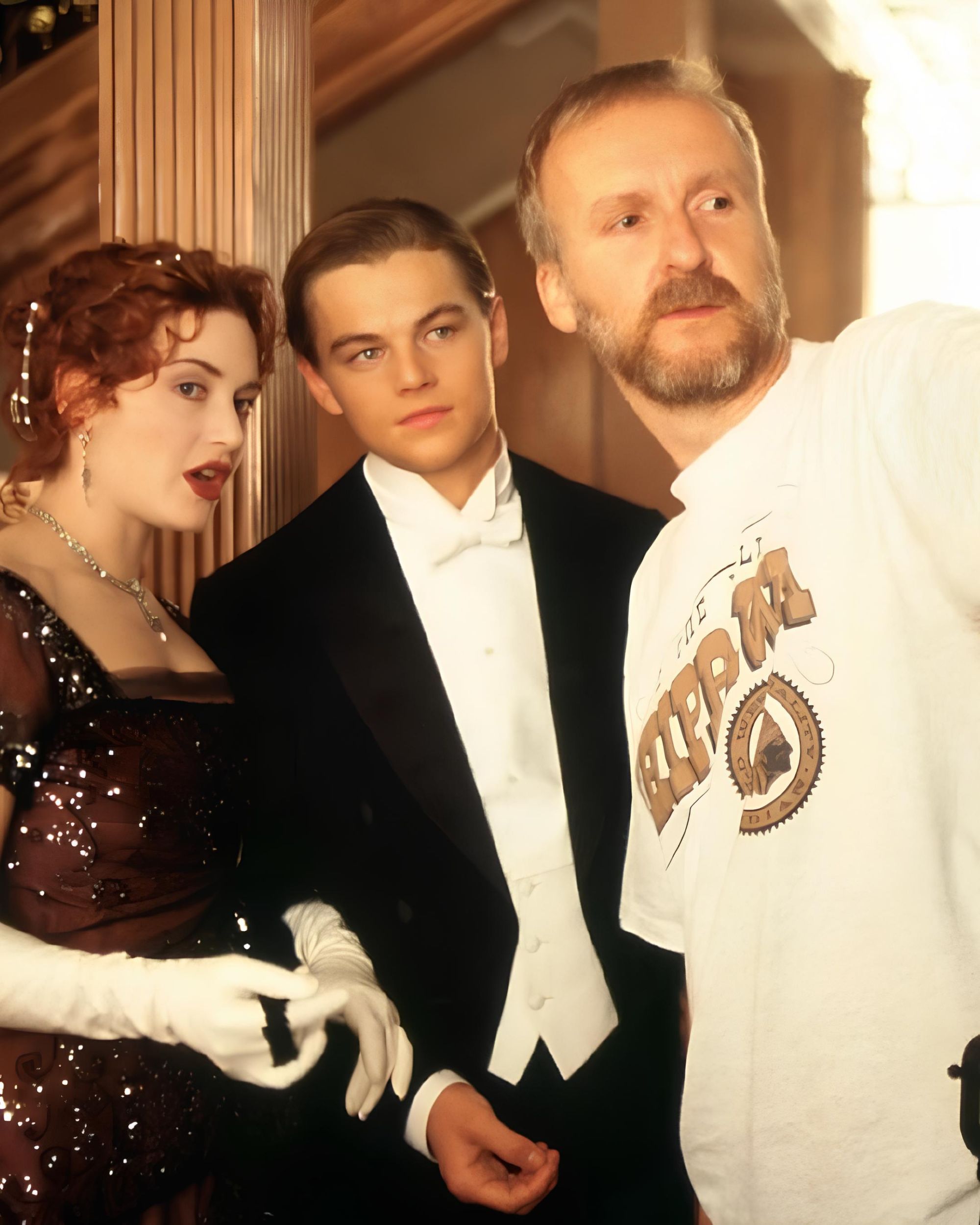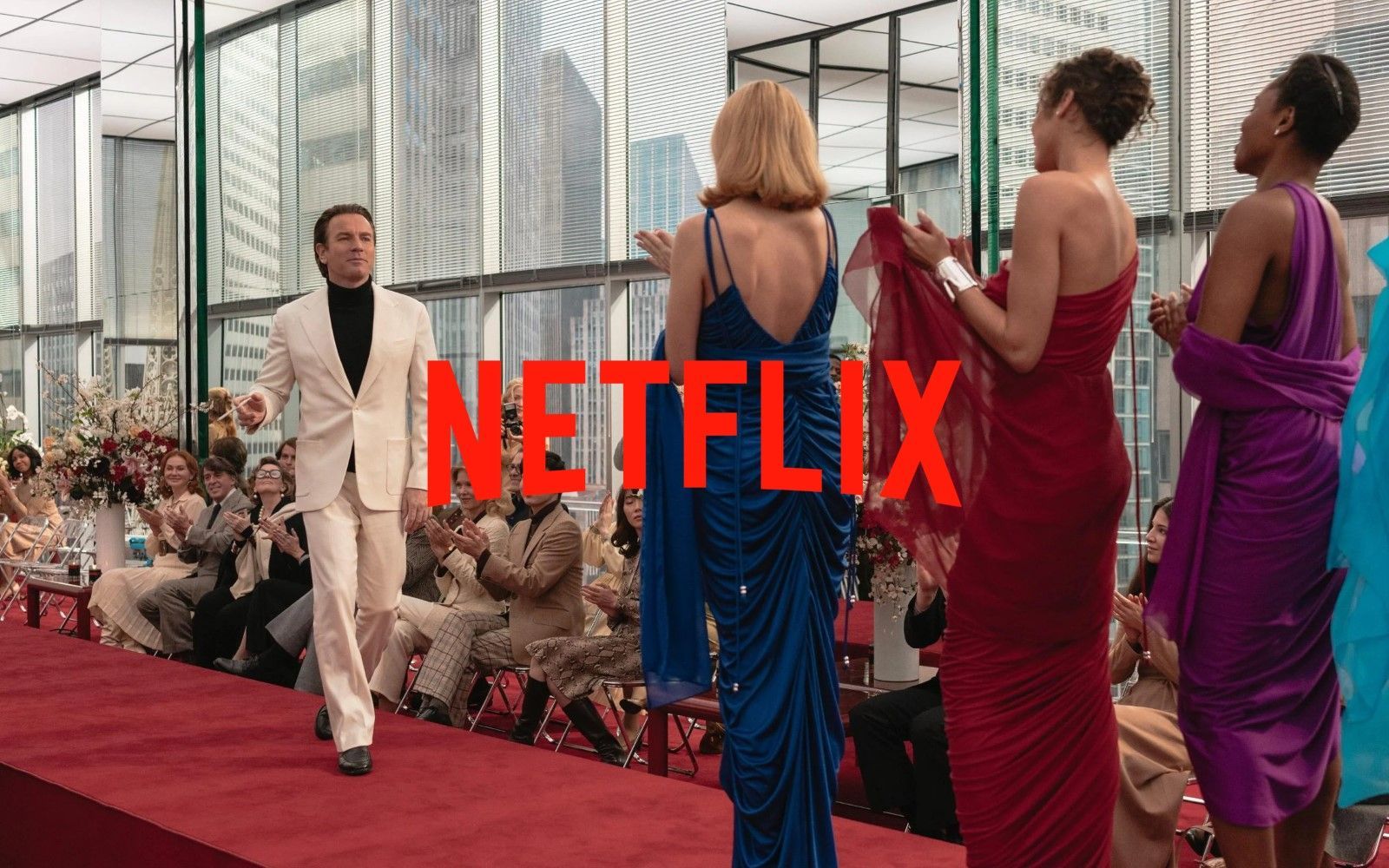
After the Netflix series, Halston's sales increased by 631% A demonstration of what TV series can do for fashion brands
Before the Halston series was released on Netflix in mid-May, the story of the New York brand and its founder was a matter of study but not exactly a huge commercial success. In fact, there had been several attempts to revive the brand (one that also included Sarah Jessica Parker and Harvey Weinstein) but which had not been hugely successful. But where others had failed, Netflix's power triumphed: as the brand told WWD, sales increased by 631% compared to last year and site searches rose to 3200%. And yet the clothing collection inspired by the series and co-signed by Halston and Netflix has yet to arrive at Neiman Marcus department stores in August, just before Emmy season. Robert Rodriguez, the brand's creative director, said that "almost a rebirth" also stating that the Netflix x Halston capsule has already been sold at 40%.
It's a very interesting case of imitation between reality and fiction: in 2019 the costume designer of the show, Jeriana San Juan, asked to access the brand's archive to recreate the original clothes of the 70s and 80s designed by Halston. Then there was the public success of the show and Netflix decided to collaborate with the brand on its first luxury fashion capsule (the capsule dresses cost over a thousand dollars) that the creative director of Halston created by following them on the costumes of the series themselves. It would almost seem that in a completely unintentional way, the streaming giant and the New York brand have created the perfect formula to revive an entire archive and relaunch a brand. In a way not unlike how The Queen's Gambit fueled the search for 60s dresses and The Serpent that of 70s outfits.
The power of television
Many have thought the television/audiovisual medium to be dead in recent years. And in fact, traditional TV, with very few exceptions, has not been very able to keep up with the speed and success of the many TV series produced by streaming platforms. Nevertheless, the format of all Netflix series, including Halston, remains a television format with episodes, famous actors, showrunners and a release date – a product that in the 1990s or early 2000s could have come out of HBO or FX. But if in Italy Montalbano is still able to push many tourists to pilgrim to the places of the series feeding a micro-tourism industry, and if Emily in Paris made the searches for the products that appeared on the show spiked within the 48 hours of the first episode, this means that the television and film medium is not only not doomed but rather, it could represent a powerful resource for fashion brands – increasing their relevance in an instantaneous way.
Fashion in cinema or television has always produced triumphs such as The Devil Wears Prada or films and series for professionals who have difficulty reaching the general public, who therefore don't care. But finding the right balance as, in terms of audiences and ratings, Halston did could lead to a reassessment of the dialogue between audiovisual and fashion which, in recent years, has been very fluctuating if not entirely unstable. The new chapter of this process could come next autumn when The House of Gucci will hit theaters, one of the most anticipated fashion films of the year also thanks to the presence of Lady Gaga. If after the release the search for Gucci archive pieces skyrockets, it is not excluded that other fashion brands will look towards Hollywood or Netflix to boost their relevance in mainstream culture.











































